Sitka’s Resource Piggy Bank is Water
While the Alaskan town has unsuccessfully tried for more than a decade to make bulk water sales, Alaska Resources Management LLC hopes to sell 50 million gallons by 2011.
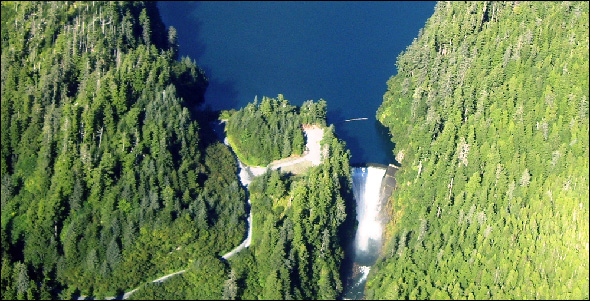
Home to nearly 9,000 people, Sitka is Alaska’s fourth-largest city. The small town, located on Baranof Island off the rainy southeast Alaska coast, is an outdoorsman’s dream. It faces the Gulf of Alaska, contains the dormant volcano, Mount Edgecumbe, and has extensive hiking trails. In the mid-19th century Sitka was one of the busiest seaports along the American west coast. In 2005, the latest year for accurate figures, Sitka’s exports were valued at $US474,000, according to the American Association of Port Authorities.
Sitka also has a decade-old reputation for trying to market its abundance of freshwater for export. In 1999 the city acquired an industrial site owned by a closed pulp mill. Included in the transfer were rights to a portion of the water in the mill’s Blue Lake Reservoir.
The Alaska Department of Natural Resources granted Sitka a certificate without an expiration to appropriate eight percent of the lake’s outflow for export. Since that time, the ADNR has changed its permitting rules to limit the time period in which water can be exported, according to Gary Prokosch, the head of the ADNR water resources section.
Two agreements in the last decade between Sitka and water companies expired without any water sold because the companies could not make the deal work financially or manage the logistics of moving huge amounts of heavy water. The city built a pipeline a few years ago from Blue Lake to its deepwater harbor, making it the only bulk water source in the world to have such facilities. However, a ship-to-shore component still needs to be constructed, an investment Sitka is forcing an exporting company to make.
“The industry is currently speculative,” said Garry White, the executive director of the Sitka Economic Development Association, the body charged with marketing the city’s water. “Folks are trying to tie up rights for when it does become feasible, so we’ve shortened our contracts. We’ll give a contract but it requires you to move a certain amount of water. If you don’t move any, the contract is canceled.”
True Alaska Bottling signed such a contract with Sitka in 2006, and was required to move 20 million gallons by 2008. TAB did not meet that deadline and received a one-year extension from Sitka’s city assembly. The second deadline was also unmet, and TAB received another extension last January with the stipulation that it move 50 million gallons within 12 months.
“The extension was to try to keep us in the business,” said Sitka assembly member Jack Ozment.
Meanwhile Mayor Scott McAdams says the business of exporting water has the community’s approval.
“It’s been something we’ve talked about quite a bit in the community,” McAdams told Circle of Blue. “There’s not a lot of opposition to it. In this borough we have 8,600 people, but we have a renewable resource of water that could meet the needs of a metropolitan area. We do have excess water. Where there has been skepticism in the community is in the viability of this business. It’s intriguing, it makes for interesting story, but the city has not seen any income in a bulk water sale.”
Sitka is offering the water to Alaska Resources Management, LLC for a penny per gallon, a price based on inputs from SEDA but largely determined “like throwing darts at the wall,” according to Ozment, who was on the assembly at the time.
“I thought the price was too low,” Ozment said, “but we found that the price around the world was much lower.”
Even at the current selling price, Sitka stands to make a large profit if exports ever do take place. The city would earn roughly $US26 million per year if ARM exports its entire allocation, and more than $US90 million per year if the city can export its maximum water right. Sitka’s fiscal year 2010 budget is $US54 million.
While Sitka’s bulk water earnings would be substantial, the state of Alaska would see relatively little financial benefit. The state levies an application fee of $US900 plus $US50 per each overtime hour used to evaluate the application, as well as an annual $US50 administration fee and a conservation fee that increases with the number of acre-feet sold. The latter fee ranges from $US3 per acre-foot for diversions less than 5,000 acre-feet to $US30 per acre-foot for more than one million acre-feet. Given this rate, True Alaska Bottling’s contract for 8,960 acre-feet would be charged $US6 per unit.
Under Alaska state law any individual or company, regardless of the state or country in which its based, is allowed to apply for a water permit. The two main conditions for granting a permit ensure that the river’s hydrologic needs are met and that flows are high enough to protect fish, said Prokosch of the DNR. The applicant has to do the research to show that those conditions will be met.
Prokosch said Sitka is the only entity with a permit, but he has been in discussions with the Aleut Corporation, an Alaskan-based business that focuses on water from Adak Island, and two individuals, one of whom is from Canada.
Brett Walton is a Seattle-based reporter for Circle of Blue. Contact Brett Walton.

Brett writes about agriculture, energy, infrastructure, and the politics and economics of water in the United States. He also writes the Federal Water Tap, Circle of Blue’s weekly digest of U.S. government water news. He is the winner of two Society of Environmental Journalists reporting awards, one of the top honors in American environmental journalism: first place for explanatory reporting for a series on septic system pollution in the United States(2016) and third place for beat reporting in a small market (2014). He received the Sierra Club’s Distinguished Service Award in 2018. Brett lives in Seattle, where he hikes the mountains and bakes pies. Contact Brett Walton


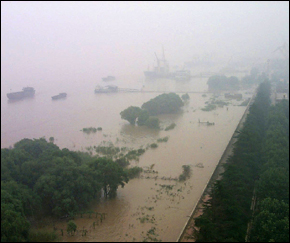

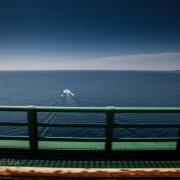
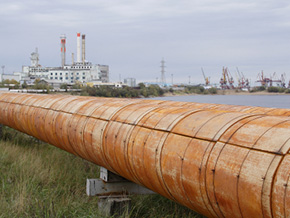
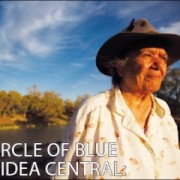


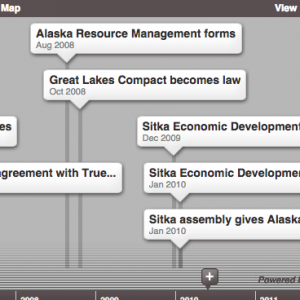
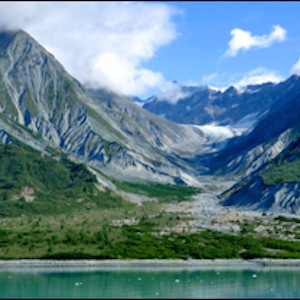
Leave a Reply
Want to join the discussion?Feel free to contribute!